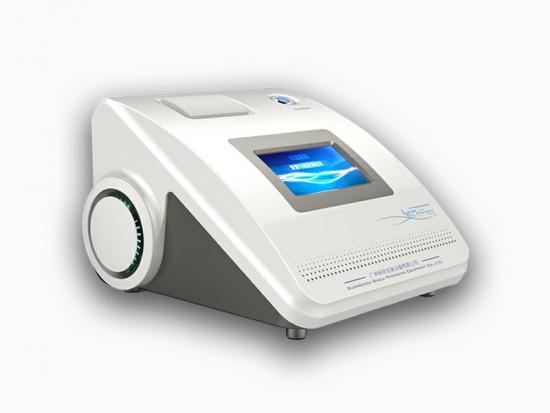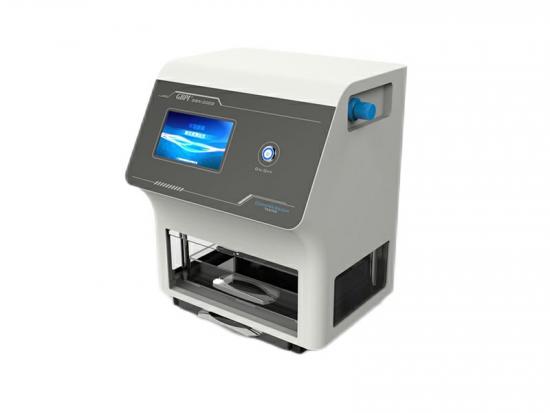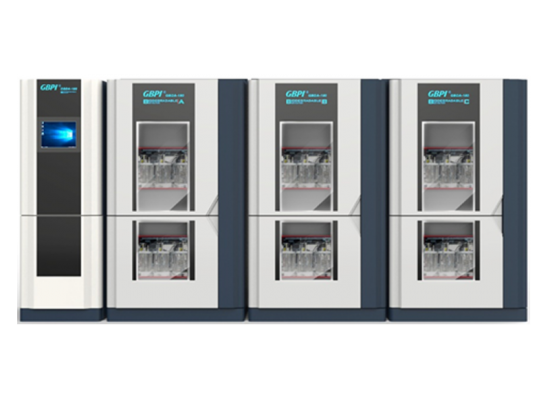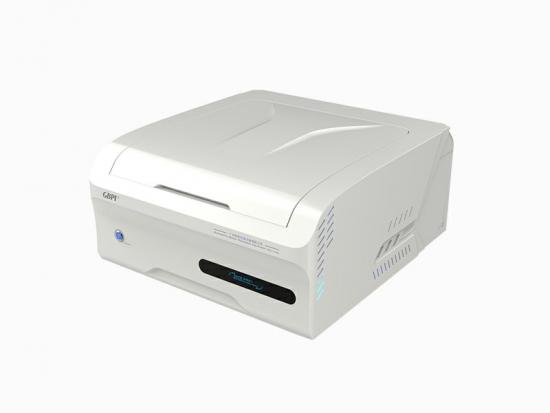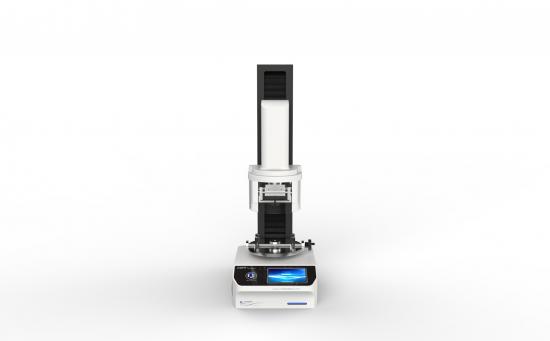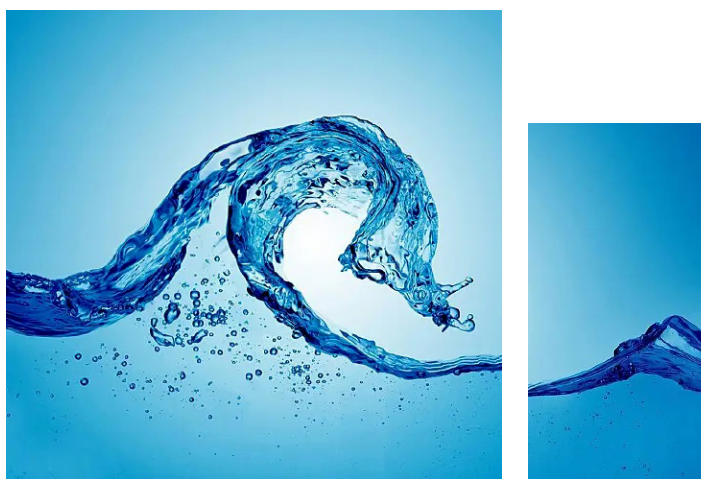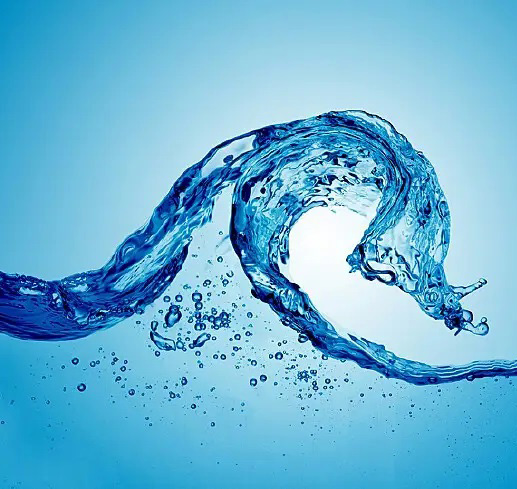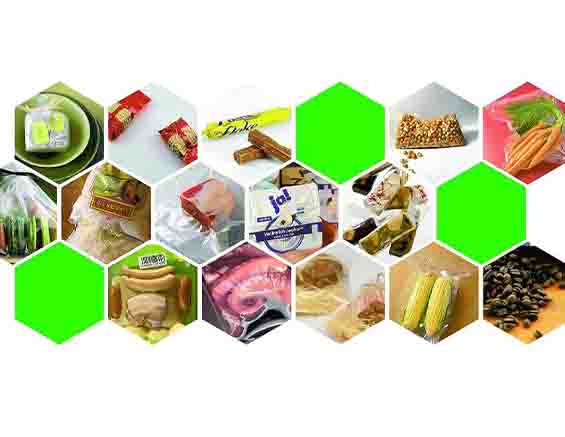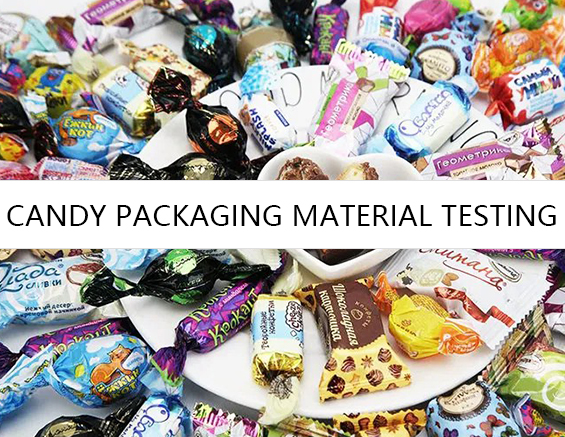ABSTRACT: The residue-on-evaporation method of purified water is to detect the quality of residue on evaporation solids obtained after 100 mL of purified water is evaporated and dried. The difficulty is that the operator needs to repeat the operation to achieve the 0.3mg constant weight value required by the Chinese Pharmacopoeia. The traditional test method has the shortcomings of low efficiency and manual duty. After long-term practice and repeated verification, it adopts an integrated automatic structure design, equipped with rapid water bath evaporation and gas balance technology, which can realize automatic feeding, water bath evaporation, blast drying and cooling balance, constant temperature weighing five-in-one automatic test. Through the repeatability experiment and gradient design experiment, the results show that: 2 rounds of weighing can reach a constant weight error value of 0.3mg, when the scalar amount is 9.4mg/100mL, the precision (RSD) is 0.73%, and the accuracy of the gradient design experiment is high. There is no deviation between parallel samples. Conclusion: After the innovation of the residue on evaporation detection technology of purified water, the test time to reach constant mass value is short, the operation is simple, and the data accuracy and precision are good. KEYWORDS: purified water; residue on evaporation; constantmass; automated test 01 Standard requirements According to the requirements of Chinese Pharmacopoeia 2020 Edition Part II "Purified Water": Take 100mL of this product, put it in an evaporating dish with constant weight at 105°C, evaporate it to dryness on a water bath, and dry it at 105°C to constant weight, and the remaining residue should not exceed 1mg. The Chinese Pharmacopoeia defines constant weight as constant weight, unless otherwise specified, refers to the weight of the test sample after two consecutive drying or igniting weighing the difference is less than 0.3mg; the second drying to constant weight and each subsequent weighing should be carried out after 1 hour of drying under the specified conditions. According to the requirements of European Pharmacopoeia 10.0 Edition, about “Purified water in containers“, Residue on evaporation: maximum 0.001 per cent. Evaporate 100 mL to dryness on a water-bath and dry in an oven at 100-105 °C. The residue weighs a maximum of 1 mg. The requirements of the Chinese Pharmacopoeia, the US Pharmacopoeia and the European Pharmacopoeia for limits of constant mass and residue on evaporation in purified water are shown in Table 1. It is worth noting that the US Pharmacopoeia does not require residue-on-evaporation items for purified water, the European Pharmacopoeia has no residue on evaporation testing items for Purified water in bulk, while Purified water in containers does not. For residue on evaporation testing items, the limit requirement is also ≤10mg/L, but there is no requirement for constant weight....
View More

 info@gbtest.cn
info@gbtest.cn



 en
en ru
ru es
es ar
ar

